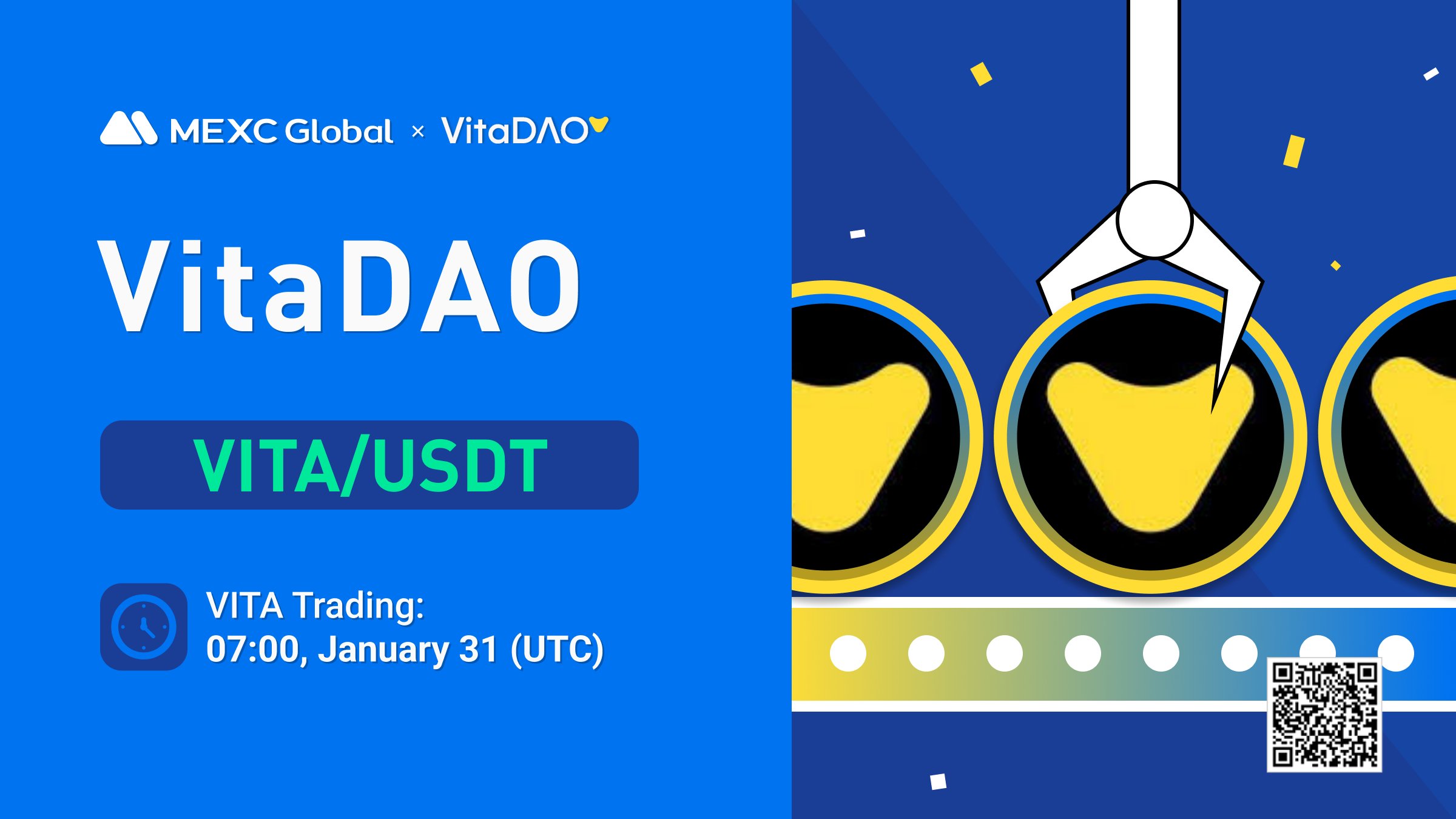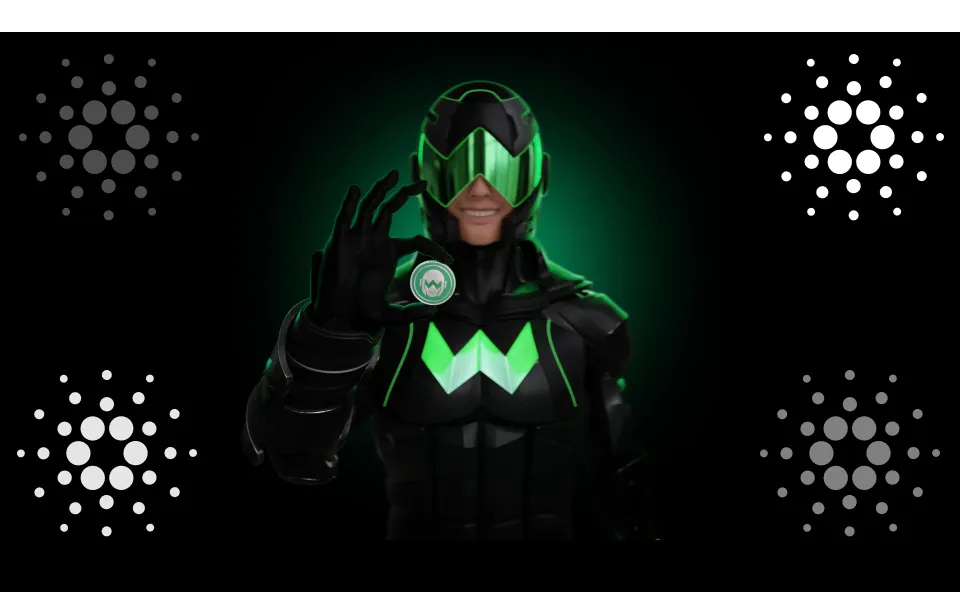
The cryptocurrency world is constantly evolving, and one of the most interesting developments in recent years is USDe, a revolutionary stablecoin that’s changing how we think about digital dollars. If you’re new to crypto or wondering “what is USDe,” this guide will explain everything you need to know in simple terms.
Unlike traditional stablecoins such as USDT or USDC that rely on bank deposits, USDe takes a completely different approach. It’s what experts call a “synthetic dollar” – a digital currency that maintains its $1 value through smart technology rather than traditional banking. This innovative approach has made USDe one of the most talked-about projects in the crypto space.
Key Takeaways
- USDe is a synthetic dollar stablecoin that maintains its $1 peg through delta-neutral hedging rather than traditional bank reserves
- Yield generation capability – USDe holders can earn up to 18% APY through staking (sUSDe), significantly higher than traditional stablecoins
- Crypto-native design provides censorship resistance and operates without relying on traditional banking infrastructure
- Capital efficient – Uses 1:1 collateral ratio compared to 150%+ required by other decentralized stablecoins like DAI
- Multi-chain accessibility – Available on Ethereum, Arbitrum, Solana, and other networks for broader ecosystem integration
- MEXC is the leading exchange for USDe trading, offering automatic yield through Flexible Savings (up to 8% APR) with no manual staking required
- Market position – Currently the 4th largest stablecoin with $5.31 billion market cap, demonstrating significant adoption
- Risk considerations include funding rate volatility, custodial risks, and smart contract risks, though multiple mitigation strategies are in place
Table of Contents
What is USDe? Understanding USDe Basics
USDe is a crypto-backed synthetic dollar stablecoin created by Ethena Labs. Think of it as a digital version of the US dollar that lives entirely in the cryptocurrency world. The “synthetic” part means it doesn’t rely on actual US dollars sitting in a bank account. Instead, it uses a clever system of cryptocurrency assets and trading strategies to maintain its value.
Ethena USDe launched as part of Ethena’s vision to create “Internet Money” – a truly decentralized form of digital currency that anyone in the world can access. The project was founded in 2023 by CEO Guy Young, and the protocol’s native token ENA was launched in April 2024.
What makes USDe crypto special is its ability to generate yield while maintaining stability. Traditional stablecoins like USDT typically don’t offer rewards to holders, but USDe can provide returns through its unique design. This combination of stability and yield has attracted billions of dollars in investment.
The USDe token operates on multiple blockchains, including Ethereum, Arbitrum, and Solana, making it accessible to users across different crypto ecosystems. Its contract address on Ethereum is 0x4c9edd5852cd905f086c759e8383e09bff1e68b3, which you’ll need if you want to add it to wallets like MetaMask.
How Does USDe Works?
The technology behind USDe stablecoin might sound complex, but the basic idea is straightforward. When someone wants to create new USDe tokens, they deposit cryptocurrency assets like Ethereum (ETH) or Bitcoin (BTC) as collateral. But here’s the clever part: Ethena simultaneously opens “short” positions on derivatives exchanges.
This strategy is called “delta-neutral hedging.” Imagine you own $100 worth of Bitcoin, but you also make a bet that Bitcoin will go down by exactly $100. If Bitcoin’s price rises, you make money on your Bitcoin but lose money on your bet. If Bitcoin falls, you lose money on your Bitcoin but make money on your bet. Either way, your total value stays at $100.
This is exactly how USDe coin maintains its stability. The protocol uses automated smart contracts to manage these hedging positions across multiple exchanges. It integrates with price feeds from services like Pyth and RedStone, to ensure accurate pricing.
The system uses “Off-Exchange Settlement” (OES), which means the actual cryptocurrency backing USDe is stored with independent custodians, not on the trading exchanges. This reduces the risk of losing funds if an exchange fails. Ethena only delegates trading rights to exchanges while keeping the actual assets safe with trusted custodians.

USDe vs USDT vs USDC
When comparing USDe vs USDT or USDe vs USDC, several key differences emerge. Traditional stablecoins like USDT and USDC are backed by real US dollars and US government bonds held in bank accounts. They’re simple but depend on traditional banking infrastructure and regulatory approval.
Ethena USDe, on the other hand, is entirely crypto-native. It doesn’t need bank accounts or government permission to operate. This gives it “censorship resistance” – meaning no single authority can freeze or control it. For users in countries with strict banking regulations, this can be incredibly valuable.
The backing mechanism is also more capital-efficient. While decentralized stablecoins like DAI often require 150% or more in collateral, USDe operates with a 1:1 ratio thanks to its hedging strategy. This means $100 of backing assets can create $100 of USDe, rather than requiring $150 or more.
Perhaps most importantly, USDe can generate yield for its holders through staking, while traditional stablecoins typically offer no rewards. This yield comes from the funding rates earned on the derivatives positions and rewards from staked Ethereum assets.
| Feature | USDe | USDT | USDC |
|---|---|---|---|
| Backing | Crypto assets + derivatives hedging | US dollars + short-term bonds | US dollars + US Treasury bonds |
| Yield Generation | Yes (through staking) | No | No |
| Censorship Resistance | High | Low | Low |
| Regulatory Dependency | Low | High | High |
| Collateral Ratio | 1:1 (delta-neutral) | 1:1+ (fiat-backed) | 1:1+ (fiat-backed) |
| Decentralization | High | Low | Low |
| Stability Mechanism | Delta hedging | Fiat reserves | Fiat reserves |
sUSDe: The Staking Version
Staked USDe (sUSDe) is where things get really interesting for investors. When you stake your USDe tokens, you receive sUSDe in return, which automatically earns rewards from the protocol’s revenue streams.
USDe staking works similarly to other staking mechanisms in crypto. You deposit your USDe tokens into Ethena’s staking contract and receive sUSDe tokens. Over time, each sUSDe token becomes worth more USDe as rewards accumulate. Currently, 1 sUSDe is worth approximately 1.18 USDe due to accumulated rewards.
The USDe yield comes from three main sources: funding rates from the derivatives positions (historically averaging 11% for Bitcoin and 12.6% for Ethereum), rewards from staked Ethereum assets, and returns from liquid stablecoin holdings. In 2024, sUSDe APY averaged around 18%, though this can vary based on market conditions.
USDe APY rates fluctuate because they depend on market dynamics. When there’s high demand for leverage in crypto markets, funding rates increase, boosting returns for sUSDe holders. However, there’s also risk – if funding rates turn deeply negative for extended periods, returns could decrease or even become negative.
When you want to unstake, there’s a 7-day cooldown period before you can withdraw your USDe. This helps maintain system stability but means your funds aren’t immediately liquid after unstaking.

How to Buy and Store USDe
Where to buy USDe is one of the most common questions from newcomers. MEXC is the largest trading venue for USDe, where the USDE/USDT pair has generated over $6 million in daily trading volume. MEXC offers multiple USDe trading pairs and has become the go-to platform for USDe trading.
MEXC USDe trading is straightforward and user-friendly. The platform supports USDE deposits and withdrawals on the TON network, making it easier and more efficient for users to manage their assets. Additionally, MEXC offers automatic yield earning through their Flexible Savings program.
For buying USDe, you have two main options:
- Secondary markets: Purchase USDe directly from MEXC using other cryptocurrencies or stablecoins. This is the easiest method for most users.
- Direct minting: If you’re a whitelisted institutional user who has passed KYC/KYB checks, you can mint USDe directly through Ethena’s protocol by depositing accepted collateral assets.
How to buy USDe on MEXC for beginners:
- Open the MEXC App and create an account
- Complete identity verification if required
- Enter “USDE” in the top search bar
- Select the USDE/USDT Spot trading pair
- On the candlestick chart page, click Buy
- Set your order type and quantity
- Click Buy USDE to complete the purchase
MEXC Flexible Savings for USDe: If your Spot Wallet holds at least 0.1 USDE, there’s no need to manually register, stake, or lock your funds. MEXC will automatically calculate earnings based on the lowest daily snapshot balance and the applicable APR, with daily earnings reaching up to 8% APR.

USDe Use Cases and Integration
USDe cryptocurrency has found numerous applications across the DeFi ecosystem. Its primary use cases include:
- Trading collateral: USDe can be used as margin collateral for perpetual futures trading on supported exchanges. This allows traders to earn USDe yield on their collateral while trading other assets.
- DeFi protocols: USDe integrates with lending platforms like Aave, where users can lend their tokens to earn additional yield. It’s also available on decentralized exchanges for trading and liquidity provision.
- Cross-chain availability: USDe operates on multiple blockchains including USDe Arbitrum, USDe Solana, and USDe Mantle networks. This multi-chain approach increases accessibility and reduces transaction costs for users.
- Yield farming: Advanced users can combine USDe with protocols like Pendle to create more sophisticated yield strategies. Pendle USDe allows users to trade future yield or lock in current rates.
The integration with platforms like Morpho and other DeFi protocols continues to expand, providing more opportunities for USDe holders to put their assets to work.
Is USDe Safe? Risks and Safety Considerations
While USDe offers attractive features, it’s important to understand the risks involved. Is USDe safe? depends on your risk tolerance and understanding of the underlying mechanisms.
- Funding risk is the primary concern. USDe’s stability mechanism relies on positive funding rates in derivatives markets. If funding rates turn deeply negative for extended periods, the protocol could face losses. However, Ethena maintains a reserve fund to cover such scenarios.
- Custodial risks exist because backing assets are held with third-party custodians. While these are institutional-grade providers with strong track records, there’s always some counterparty risk. Ethena mitigates this by using multiple custodians and Off-Exchange Settlement systems.
- Exchange counterparty risk comes from the derivatives positions held on centralized exchanges. If a major exchange fails, it could impact the hedging mechanism. Ethena addresses this by diversifying across multiple exchanges and maintaining positions through OES systems.
- Smart contract risk is present in any DeFi protocol. While Ethena’s contracts have been audited, bugs or exploits remain possible. The protocol has implemented multiple safeguards and follows security best practices.
The protocol maintains transparency about these risks and has implemented various mitigation strategies, including the reserve fund, diversified custodians, and multi-exchange hedging approaches.

USDe Market Performance
As of current market data, USDe market cap stands at approximately $5.31 billion, ranking it #31 among all cryptocurrencies. The USDe price has remained relatively stable around $1.00, with an all-time high of $1.03 and an all-time low of $0.9295.
The most active trading pair remains USDE/USDT, with MEXC being the leading exchange for USDe trading.
USDe supply currently totals about 5.3 billion tokens, with the fully diluted valuation matching the market cap since all tokens are already in circulation. This large supply demonstrates the significant adoption USDe has achieved in a relatively short time.
The USDe price performance has been remarkably stable compared to other cryptocurrencies. Over the past 7 days, USDe has shown a 0.00% price change, outperforming the broader crypto market which declined 0.60% during the same period.
Future of USDe
Ethena is actively working on regulatory compliance and expansion. The company has submitted an application to BaFin (Germany’s financial regulator) for authorization under the EU’s MiCAR regulation. This could make USDe one of the first synthetic stablecoins to receive official regulatory approval in Europe.
Ethena USDe news often focuses on new partnerships and integrations. Recent developments include expansion to additional blockchains and integration with more DeFi protocols. The team continues to add new backing assets – currently supporting Bitcoin, Ethereum, and Solana, with plans to include any cryptocurrency with sufficient derivatives liquidity.
The protocol’s governance system allows for adaptive improvements based on market conditions and community input. This includes decisions about reserve fund management, acceptable collateral types, and operational parameters.
Technology improvements are ongoing, with focus on enhancing security, reducing costs, and improving user experience. The team regularly publishes updates about protocol developments and market conditions.

Conclusion: Is USDe Right for You?
USDe represents an innovative approach to stablecoins that offers both stability and yield opportunities. It’s particularly attractive for users who want exposure to a dollar-pegged asset while earning returns, or those seeking alternatives to traditional banking-dependent stablecoins.
Consider USDe if you:
- Want to earn yield on stable assets
- Prefer crypto-native solutions over traditional banking
- Need a censorship-resistant store of value
- Are comfortable with the associated risks
USDe crypto may not be suitable if you:
- Require immediate liquidity (due to the 7-day unstaking period for sUSDe)
- Prefer simpler, traditional stablecoins
- Are uncomfortable with derivatives-based mechanisms
- Live in jurisdictions where staking may be restricted
Frequently Asked Questions About USDe
1. What is USDe?
USDe is a synthetic dollar stablecoin created by Ethena Labs that maintains its $1 peg through delta-neutral hedging strategies rather than traditional dollar reserves.
2. How does USDe maintain its stability?
USDe uses automated delta-hedging with derivatives positions to offset price movements in its cryptocurrency backing assets, keeping the total value stable in dollar terms.
3. What’s the difference between USDe and sUSDe?
USDe is the base synthetic dollar token, while sUSDe is the staked version that earns yield from protocol revenues. Each sUSDe token gradually becomes worth more USDe over time.
4. Where can I buy USDe?
USDe is available on MEXC, the leading exchange for USDe trading. You can trade the USDE/USDT pair and benefit from MEXC’s Flexible Savings program for additional yield.
5. Is USDe safe?
USDe has several risk mitigation mechanisms including diversified custodians, reserve funds, and OES systems. However, it carries different risks than traditional stablecoins, including funding rate and smart contract risks.
6. How do I add USDe to MetaMask?
You can add USDe to MetaMask using its contract address: 0x4c9edd5852cd905f086c759e8383e09bff1e68b3, or add it directly through CoinGecko if you have MetaMask’s browser extension installed.
USDe represents a significant innovation in the stablecoin space, offering a crypto-native alternative to traditional dollar-pegged assets. While it comes with its own unique risks and benefits, its growing adoption and institutional backing suggest it will continue playing an important role in the DeFi ecosystem. As with any cryptocurrency investment, make sure to understand the risks and only invest what you can afford to lose.
Join MEXC and Get up to $10,000 Bonus!
Sign Up


